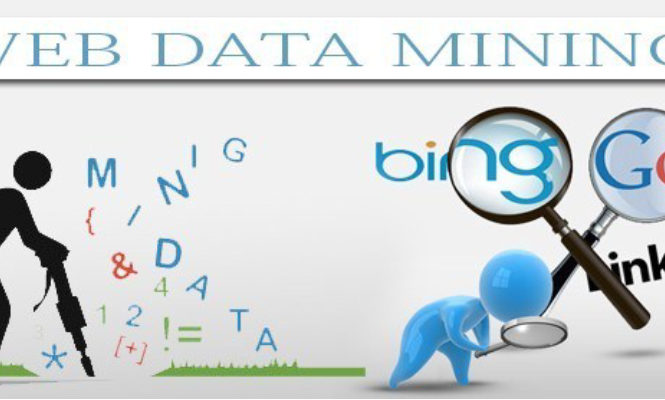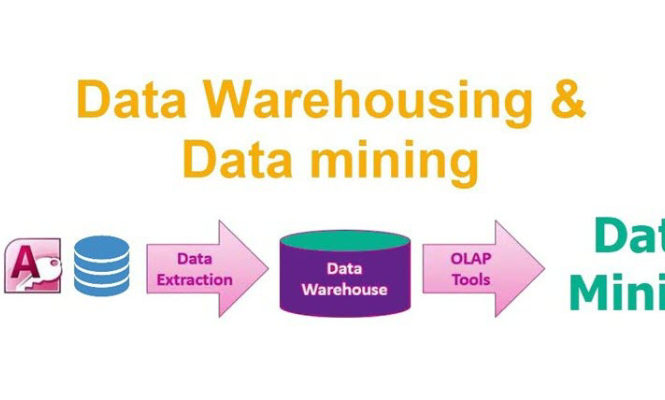The terms data mining and data warehousing are often confused by both business and technical staff. The entire field of data management has experienced a phenomenal growth with the implementation of data collection software programs and the decreased cost of computer memory. The primary purpose behind both these functions is to provide the tools and methodologies to explore the patterns and meaning in large amount of data.
The primary differences between data mining and data warehousing are the system designs, methodology used, and the purpose. Data mining is the use of pattern recognition logic to identity trends within a sample data set and extrapolate this information against the larger data pool. Data warehousing is the process of extracting and storing data to allow easier reporting.
Data mining is a general term used to describe a range of business processes that derive patterns from data. Typically, a statistical analysis software package is used to identify specific patterns, based on the data set and queries generated by the end user. A typical use of data mining is to create targeted marketing programs, identify financial fraud, and to flag unusual patterns in behavior as part of a security review.
An excellent example of data mining is the process used by telephone companies to market products to existing customers. The telephone company uses data mining software to access its database of customer information. A query is written to identify customers who have subscribed to the basic phone package and the Internet service over a specific time frame. Once this data set is selected, another query is written to determine how many of these customers took advantage of free additional phone features during a trial promotion. The results of this data mining exercise reveal patterns of behavior that can drive or help refine a marketing plan to increase the use of additional telephone services.
It is important to note that the primary purpose of data mining is to spot patterns in the data. The specifications used to define the sample set has a huge impact on the relevance of the output and the accuracy of the analysis. Returning to the example above, if the data set is limited to customers within a specific geographical area, the results and patterns will differ from a broader data set. Although both data mining and data warehousing work with large volumes of information, the processes used are quite different.
A data warehouse is a software product that is used to store large volumes of data and run specifically designed queries and reports. Business intelligence is a growing field of study that focuses on data warehousing and related functionality. These tools are designed to extract data and store it in a method designed to provide enhanced system performance. Much of the terminology in data mining and data warehousing are the same, leading to more confusion.
Data warehousing tools included in a standard software package can be divided into four primary categories: data extraction, table management, query management, and data integrity. A data warehouse is a repository for large sets of transactional data. The data in the warehouse varies widely, depending on the discipline and the focus of the organization. For example, many scientific research projects collect huge amounts of data for analysis and review. A data warehouse may be the best technology to manage and store this information.
A data warehouse requires a method of adding data to the warehouse. An extraction, transform, and load (ETL) tool is typically used for this purpose. The tool itself is a software program used to correctly identify the appropriate information from another computer system, based on the user’s criteria. This data may need to be normalized or modified for consistency or to match the warehouse database structure. Loading the data is critical, as all the relationships and connections to other databases must be maintained to ensure the integrity of the database, so it can be used with other data warehousing tools.
Every data warehouse contains a vast number of database tables. These tables are organized to work with each other in a logical, systematic way. The maintenance of these tables is essential to the continuing operation and accuracy of the data warehouse. Using the concept of relational databases, these tables must be maintained and validated on a regular basis. Any faults or failures will result in inaccurate reporting.
A query is simply a programmed question or report request. There is an entire business process surrounding the creation of a data warehouse query. This process requires in-depth knowledge and understanding of the business needs, as well as the data structures within the data warehouse. Business intelligence specialists are trained professionals who have the combination of skills and training necessary to create and manage multiple, customized queries.




